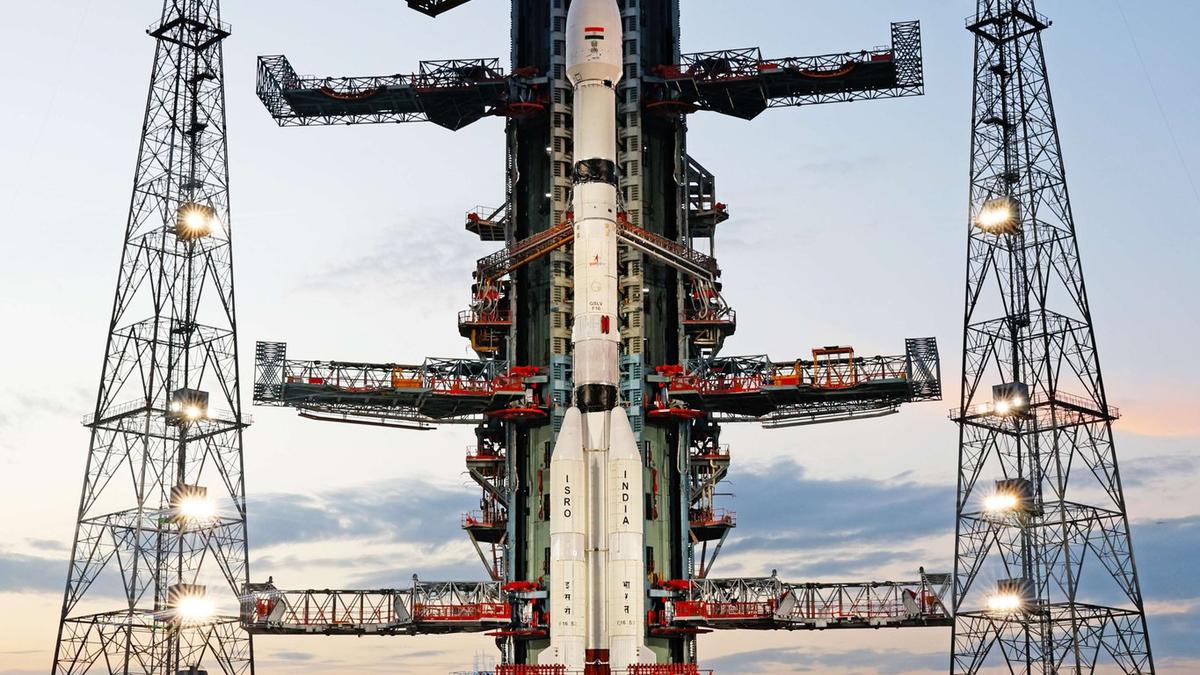Now Reading: India-US NISAR Satellite Set for Launch Countdown
-
01
India-US NISAR Satellite Set for Launch Countdown
India-US NISAR Satellite Set for Launch Countdown

Quick Summary
- Countdown Details: The countdown for the GSLV-F16 rocket began at 2:10 p.m. on Tuesday, July 29, 2025.The launch is scheduled for Wednesday, July 30, at 5:40 p.m. from Sriharikota’s Satish Dhawan Space Center.
- Mission: The Geosynchronous Satellite Launch Vehicle (GSLV) is set to carry the NISAR satellite – a joint NASA-ISRO Synthetic Aperture Radar satellite weighing 2,392 kg – into a sun-synchronous orbit of 743 km approximately 19 minutes post-lift-off.
- Satellite Capability: NISAR will provide high-resolution Earth observation data in all weather conditions wiht a revisit time of every 12 days for broad applications.
- collaboration Background: This is the first joint ISRO-NASA satellite mission. The collaboration endured challenges during the COVID-19 pandemic but strengthened ties between the agencies.
– ISRO contributions: Provided spacecraft bus, S-band radar, launch vehicle and services, and mission operations.
– NASA contributions: Supplied L-band radar and other advanced subsystems including communications equipment and payload data technologies.
- Quotes from Officials:
– Karen St.Germain (NASA): Emphasized collaboration’s role in advancing Earth observation capabilities despite pandemic obstacles.
– Phil Barela (NASA’s JPL): Highlighted mutual learning over a decade; praised teamwork across geographical boundaries during testing stages.
indian Opinion Analysis
The upcoming launch of NISAR represents not just an advancement in space technology but also marks an important milestone in international collaboration between India’s ISRO and America’s NASA. By pooling technological resources-with ISRO providing critical components like radar systems-and overcoming logistical challenges posed by COVID-19 restrictions, this partnership set a strong precedent for future cooperative efforts.
India’s contribution to spacecraft design alongside its responsibilities as the launch provider showcases its growing capabilities within global space missions while further cementing its position as a reliable partner on high-stakes scientific endeavors.Strategically speaking, such collaborations may pave India’s way toward leading roles in cutting-edge research involving climate change mitigation or disaster response-applications envisioned through NISAR’s sophisticated Earth-monitoring capacities.
As both nations aim to deepen ties beyond geopolitics into science-driven ventures like space exploration and environmental research programs collectively exemplified here by NISAR’s innovative multi-band radars-they signal transformative cooperation aligning shared priorities toward addressing pressing planetary concerns globally sourced solutions.Read more here.























